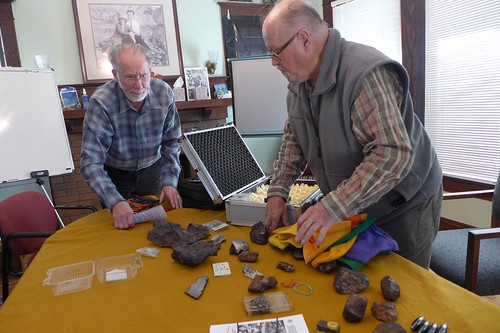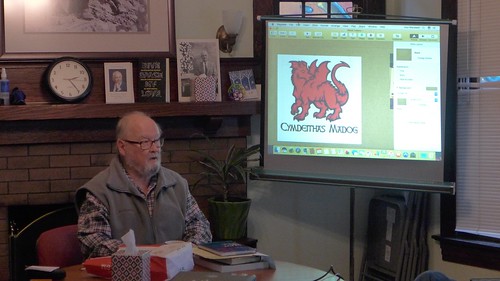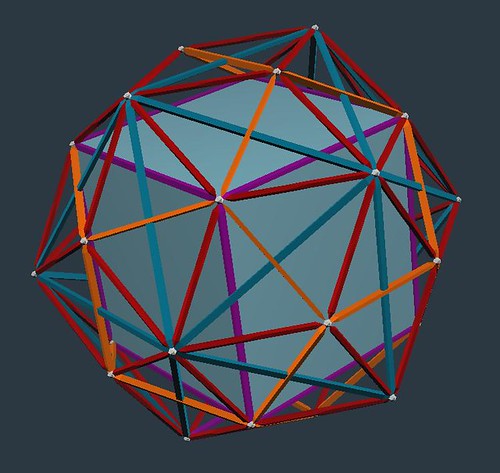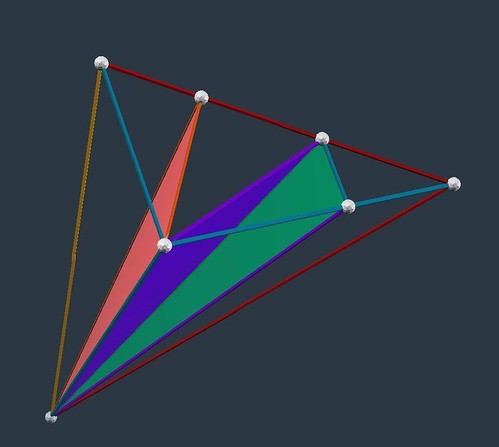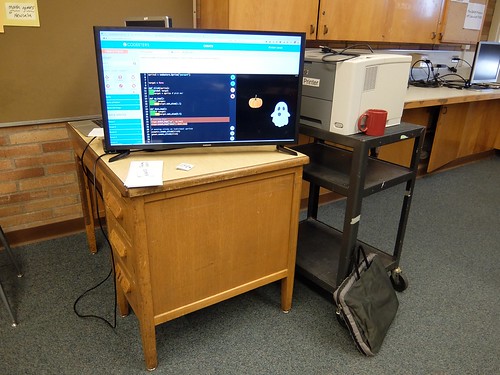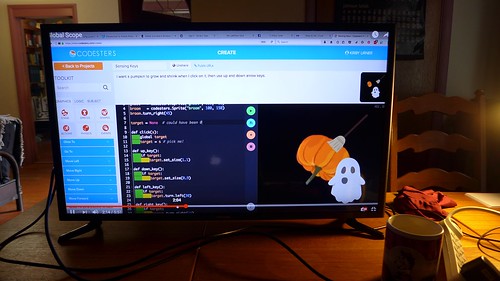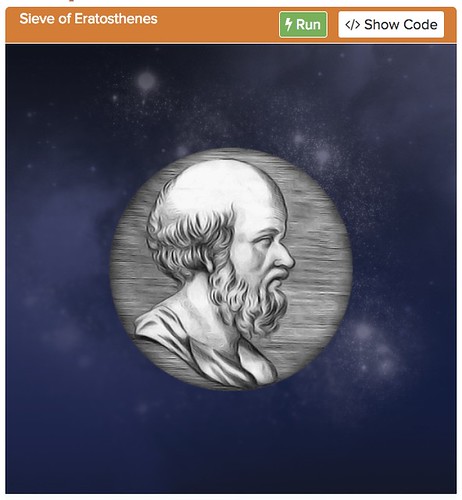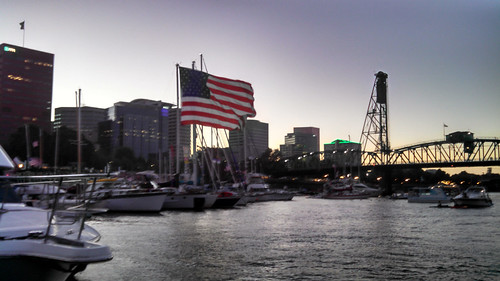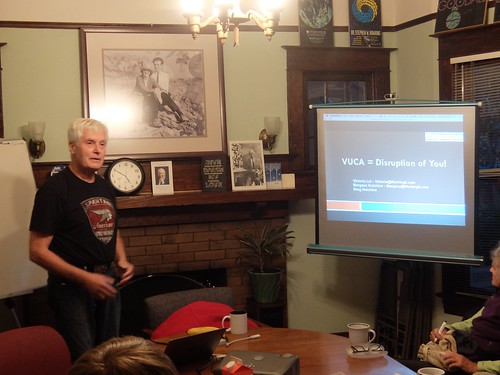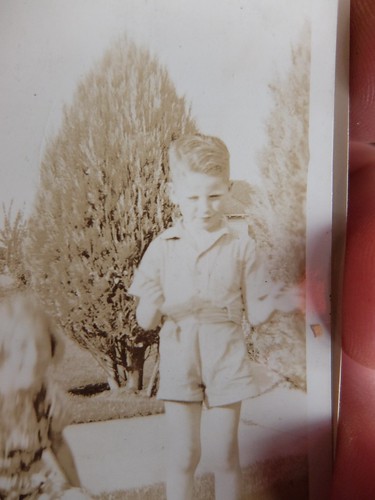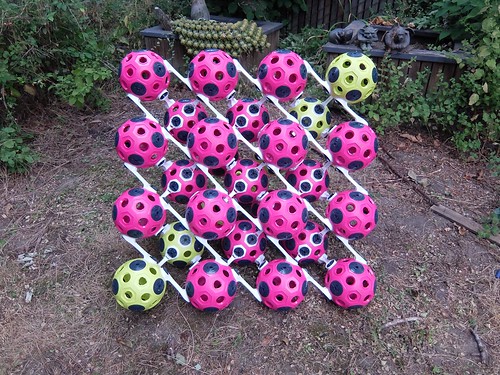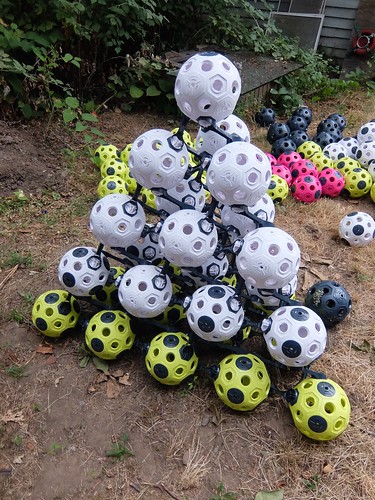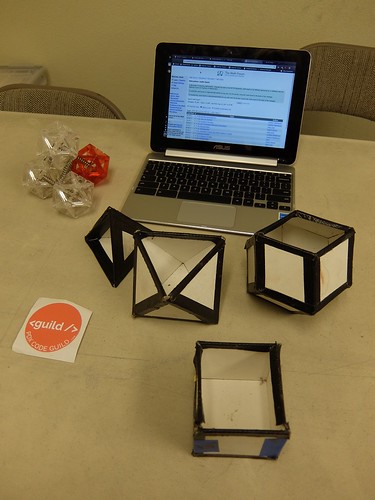Thanks to a Pycon here in Portland, I got hooked up with some Bitcoin enthusiasts and before you know it had a bitcoin wallet with myceleum, a way to send me beer money. I like beer and peanuts and Lucky Lab and maybe I want to buy my guests some of the same.
However, that Android suffered from a failed battery, my bitcoin public key was hard to find, and people aren't really using it for beer money these days. They're holding onto it as a speculative asset.
Once the Android was replaced, I didn't bother recovering the empty wallet and removed all traces of the QR-code in question. A different approach might be required. There's always the Visa cards.
As most Fintech readers know, Bitcoin is an instance of the blockchain in action, but with the servers entering the fray competitively and not simply acting as a single centralized database, which is what the blockchain boils down to if you take away the public access.
With Bitcoin, an academic institution is free to wade in and audit all transactions, anonymously to a great extent, and never compete as a blockchain solver, or "Bitcoin miner" as they're called. You can study the interplay of transactions as anyone might, as a passive observer and/or data scientist.
For those new to Bitcoin: transactions pile up in the various servers, but the one that gets to put its name on the block is the one winning a roughly 10 minute competition to crack a code, per a known algorithm. Throw more computer power at the problem, and you gain control of the books, but not in such a way that lets you change them. You just get rewarded with more bitcoin, for being the most powerful miner.
Companies may set up blockchains inhouse, but what that really means in practice is anybody's guess. The crypto-currencies are out there trying to prove a concept, which is that these open source systems for storing and transferring value, have a bright future. We're still in boot phase.
However, that Android suffered from a failed battery, my bitcoin public key was hard to find, and people aren't really using it for beer money these days. They're holding onto it as a speculative asset.
Once the Android was replaced, I didn't bother recovering the empty wallet and removed all traces of the QR-code in question. A different approach might be required. There's always the Visa cards.
As most Fintech readers know, Bitcoin is an instance of the blockchain in action, but with the servers entering the fray competitively and not simply acting as a single centralized database, which is what the blockchain boils down to if you take away the public access.
With Bitcoin, an academic institution is free to wade in and audit all transactions, anonymously to a great extent, and never compete as a blockchain solver, or "Bitcoin miner" as they're called. You can study the interplay of transactions as anyone might, as a passive observer and/or data scientist.
For those new to Bitcoin: transactions pile up in the various servers, but the one that gets to put its name on the block is the one winning a roughly 10 minute competition to crack a code, per a known algorithm. Throw more computer power at the problem, and you gain control of the books, but not in such a way that lets you change them. You just get rewarded with more bitcoin, for being the most powerful miner.
Companies may set up blockchains inhouse, but what that really means in practice is anybody's guess. The crypto-currencies are out there trying to prove a concept, which is that these open source systems for storing and transferring value, have a bright future. We're still in boot phase.

